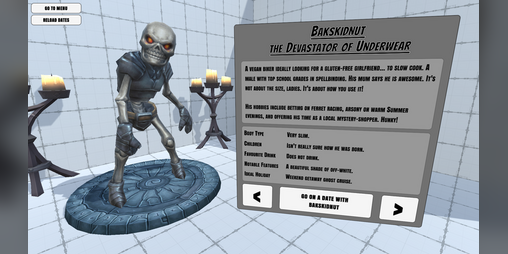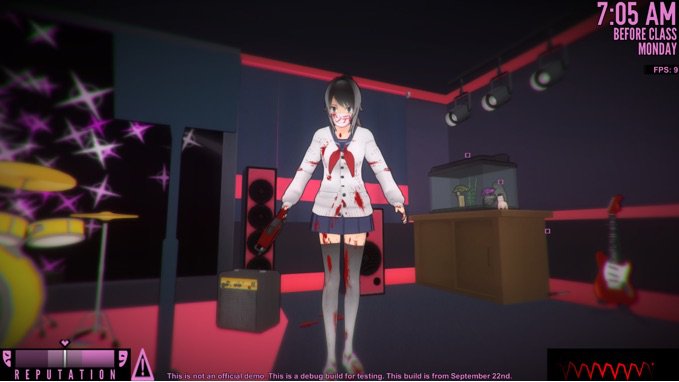
- TESTOUT LAB SIMULATOR WONT OPEN INSTALL
- TESTOUT LAB SIMULATOR WONT OPEN DOWNLOAD
- TESTOUT LAB SIMULATOR WONT OPEN FREE
- TESTOUT LAB SIMULATOR WONT OPEN WINDOWS
Read here for an explanation of all current keyboard shortcuts and controls.

TESTOUT LAB SIMULATOR WONT OPEN FREE
Currently, only Free Roaming mode is supported.

If you would prefer to not run in Unity Editor and build the standalone executable yourself, follow the instructions here. At the top of the editor, click the Play button to start the simulator. Then double-click "Menu" (with the Unity icon next to it) to load the scene. On the bottom left in the Project panel, Navigate to Assets->Scenes. Open the simulator project that was cloned in step 3 by selecting the simulator folder. Open Unity Editor by navigating to where it is installed and launching the Unity executable. This is a requirement for cloning our project, and without it the repository cannot be set up properly. Since this repository contains several large files, we speed up clones/uploads with Git LFS.
TESTOUT LAB SIMULATOR WONT OPEN INSTALL
Install Git LFS (this should be as simple as git lfs install). Steps for starting simulator in Unity Editor
TESTOUT LAB SIMULATOR WONT OPEN DOWNLOAD
Download the latest release of the LGSVL Simulator for your supported operating system (Windows or Linux) here:.
TESTOUT LAB SIMULATOR WONT OPEN WINDOWS
Otherwise, you can build the Unity project into a standalone executable.Ĭurrently, running the simulator in Windows yields better performance than running on Linux. The easiest way to get started with running the simulator is to download our latest release and run as a standalone executable.įor the latest functionality or if you want to modify the simulator for your own needs, you can checkout our source, open it as a project in Unity, and run inside the Unity Editor. We are currently working on performance improvements for a better experience. Below is the recommended system for running the simulator at high quality. Running the simulator with reasonable performance and frame rate (for perception related tasks) requires a high performance desktop. To use the simulator with Autoware, build the simulator then follow the guide on our Autoware fork.įor Chinese-speaking users, you can also view our latest videos here and download our simulator releases here (code: 6k91). To use the simulator with Apollo, after following the build steps for the simulator, follow the guide on our Apollo fork. We hope to build a collaborative community among robotics and autonomous vehicle developers by open sourcing our efforts. It currently has integration with the Duckietown, TierIV's Autoware, and Baidu's Apollo platforms, can generate HD maps, and be immediately used for testing and validation of a whole system with little need for custom integrations.


We provide an out-of-the-box solution which can meet the needs of developers wishing to focus on testing their autonomous vehicle algorithms. LG Silicon Valley Lab has developed a Unity-based multi-robot simulator for autonomous vehicle developers. Check out our blog post about our upcoming release, and subscribe to our mailing list here for the latest updates.


 0 kommentar(er)
0 kommentar(er)
